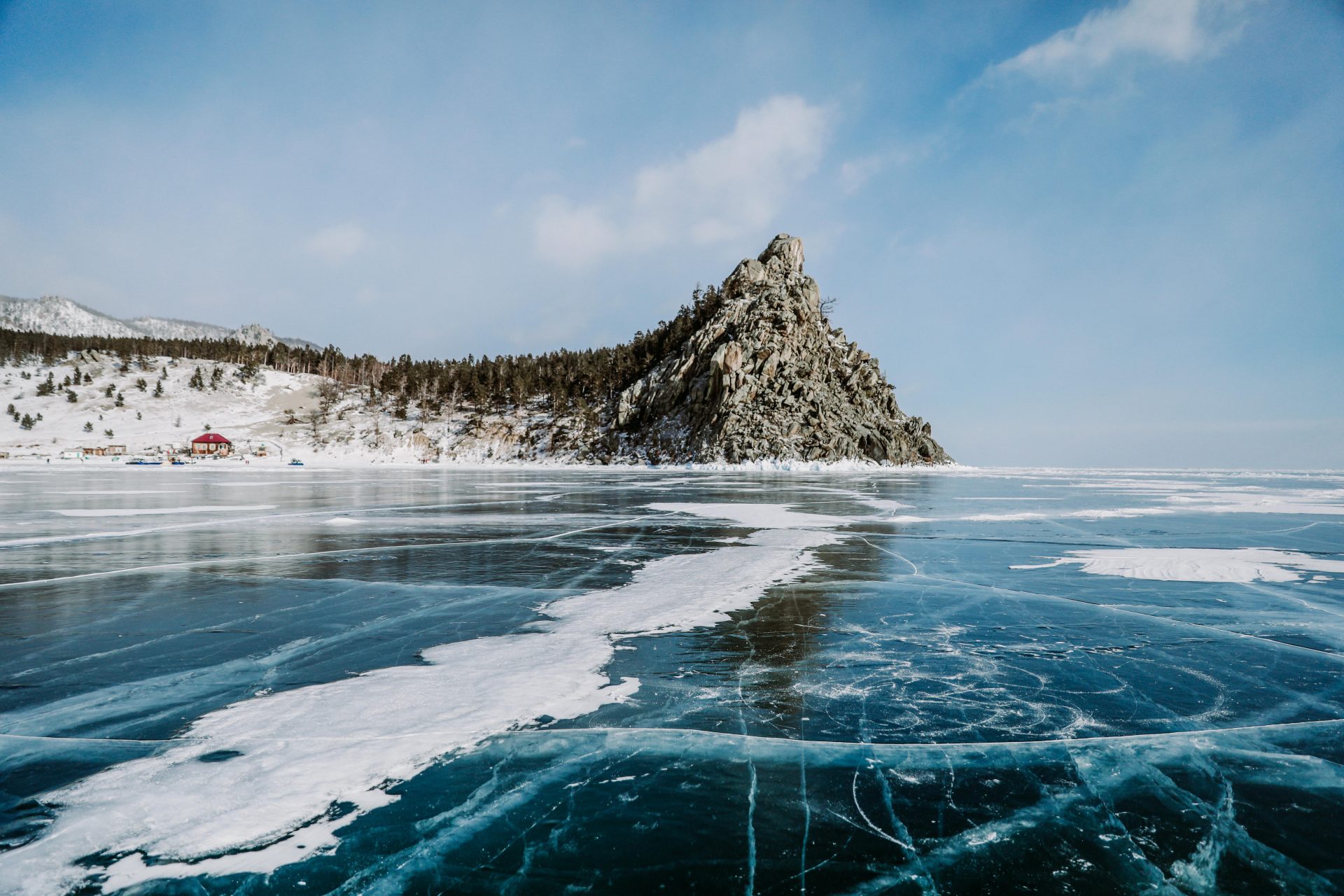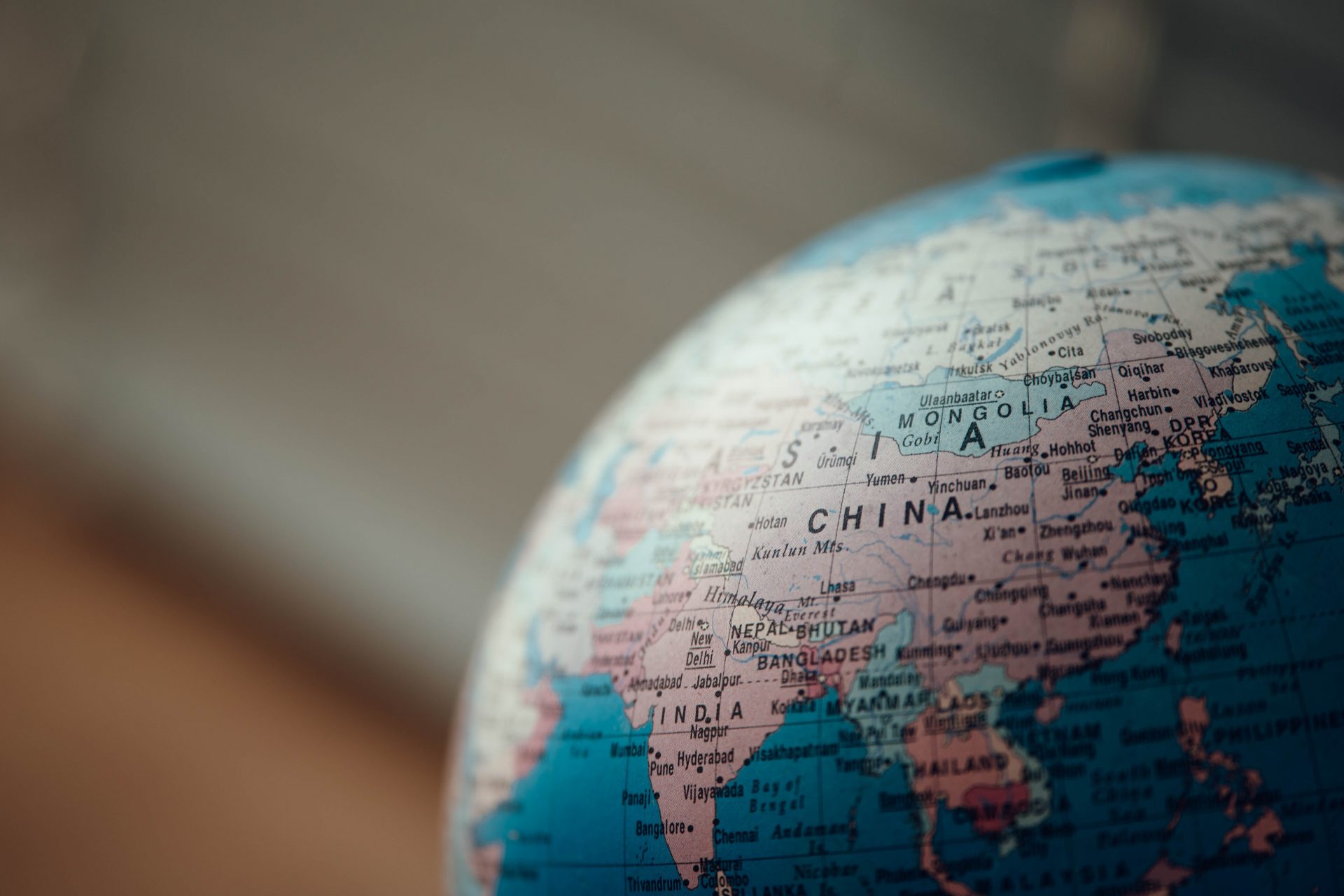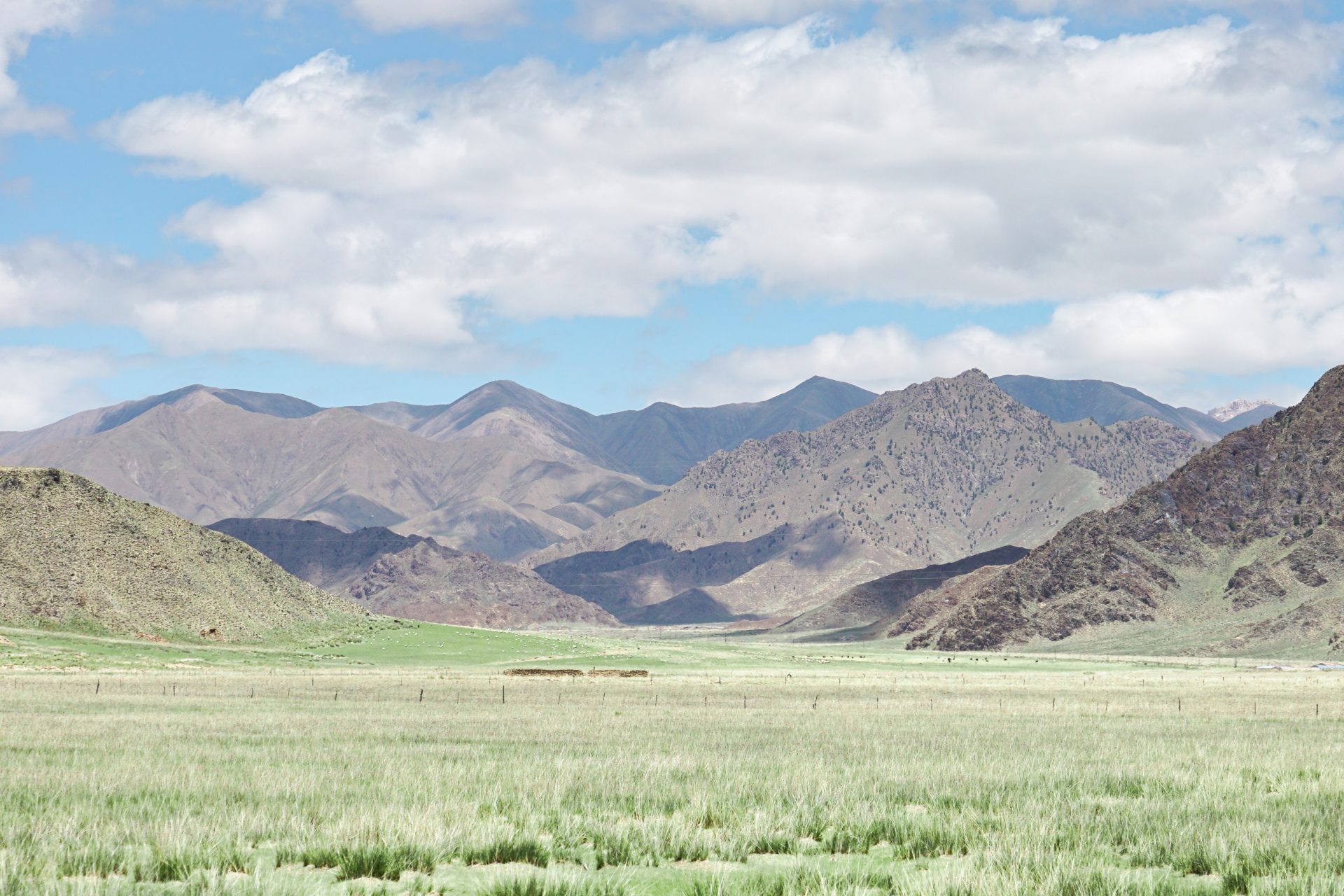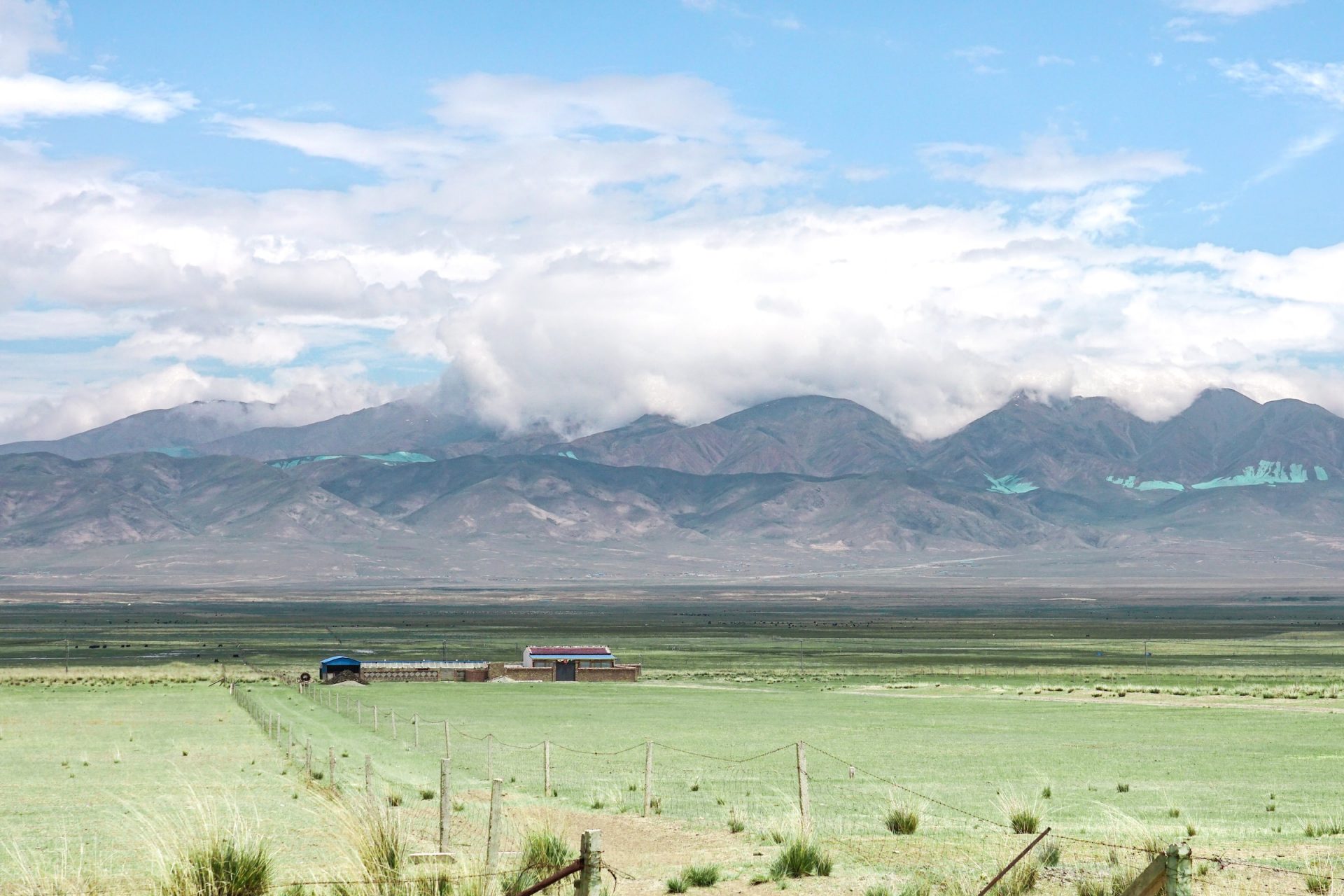10 breathtaking UNESCO World Heritage national parks in Asia
The giant continent of Asia can be divided into horizontal strips from north to south. The north includes the polar zone with cool climates and permafrost, while the temperate zone and subtropical zone are further south.
Above the Arctic Circle is an area with cool climates and biospheres, such as the tundra. The permafrost extends over the northern part of Siberia. Extremely cold winters and cool summers prevail here. The best time to travel is in the summer (June to August). However, this part of Asia is not suitable for winter sports enthusiasts, because there are no winter sports areas, despite the low temperatures and sufficient snowfall.
Photo: Hans-Jurgen Mager / Unsplash
Lake Baikal, with an area of 3.15 million hectares, is the world's oldest (25 million years) and deepest (1,700 meters) lake. It houses 20% of the world's freshwater reserves. Located in southeastern Siberia, it is known as the 'Galapagos of Russia.' The area is home to unique freshwater fauna, including the striking Baikal seal.
Photo: Daria Gordova / Unsplash
According to UNESCO, the surrounding area offers a wide variety of native plants, from light coniferous forests and mountain steppes in the west to pine and deciduous forests in the east.
The Lena Pillars in the Natural Park of Sakha Republic (Yakutia) are a breathtaking attraction with their spectacular rock pillars, reaching a height of about 100 meters along the Lena River. The extreme climate with an annual temperature difference of almost 100 degrees Celsius, leads to cryogenic processesthat create deep trenches between the imposing pillars. In addition, the park houses valuable Cambrian fossils.
Photo: Eugene Mutovin / Unsplash
The Wrangel Island Reserve, above the Arctic Circle, includes the island itself (7,608 square km), Harald Island (11 square km), and the surrounding waters. Lacking an ice layer during the Quaternary Ice Age, it offers a rich biodiversity with the largest population of Pacific walruses, polar bear dens, a vital feeding ground for gray whales, and 100 migratory bird species.
Expeditions, led by expert teams, depart from Anadyr on the Chukotka coast. They are the only way to explore the unique Arctic landscape.
Nearly half of Asia is in the temperate zone, including large parts of Russia, China, Kazakhstan, Kyrgyzstan, and North Korea. Due to its northern location in the hemisphere, seasons are similar to those in Europe.
Photo: Daniele Nabissi / Unsplash
The altitude can cause significant temperature and precipitation differences. In general, summer, especially June and September, is the best travel time for the temperate zone of Asia.
Foto: Chuttersnap / Unsplash
Located in the northeastern reaches of the Tibetan Highlands, Qinghai Hoh Xil is the world's highest and largest high plateau. This vast area of alpine mountains and steppe systems is more than 4,500 meters above sea level, with an average temperature that remains below zero all year round.
Photo: JuniperPhoton / Unsplash
The unique geographic and climatic conditions have led to a rich biodiversity with more than a third of the plant species and all herbivorous mammals native to the area.
Photo: JuniperPhoton / Unsplash
Located in the mountains of Northern Honshu, the Shirakami Forest is home to the last remnants of the original Siebold beech trees that once covered the hills and mountainsides of Northern Japan. The pristine beech forest is home to black bears, serows, and 87 bird species.
Located in eastern China, Hubei Shennongjia is a World Heritage Site with two components: Shennongding/Badong to the west and Laojunshan to the east. It includes the largest primeval forest in Central China with rare species such as the Chinese giant salamander, golden/snub-nosed monkey, leopard, and Asiatic black bear.
Picture: Steven Qian / Unsplash
In the 19th and 20th centuries, the area was a crucial destination for international plant-collecting expeditions and an important object of study for botanical research.
Photo: Junyao Yang / Unsplash
The subtropical zone of Asia includes southeastern China, the southern half of Japan, the southern half of South Korea, and parts of the Middle East. In East Asia, winters are mild and summers quite wet, while in the west, summers are warm and dry. The ideal travel time is late spring and autumn, especially May, September and October. It is warm but not always sunny then, and there can be quite a lot of rain.
Photo: Takahiro Taguchi / Unsplash
The Western Ghats, older than the Himalayan range, exhibit important geomorphological features and unique biophysical and ecological phenomena. The higher forest ecosystems influence the Indian monsoon weather and moderate the tropical climate.
Photo: Abhishek Kirloskar / Unsplash
This hotspot of biological diversity is home to at least 325 globally threatened flora and fauna, including birds, amphibians, reptiles, and fish, UNESCO states.
Picture: Tejj / Unsplash
Park Kinabalu, in Sabah in Borneo, includes the imposing Mount Kinabalu (4,095 meters), the highest mountain between the Himalayas and New Guinea. It is a center for plant diversity in Southeast Asia with rich flora from diverse regions.
Photo: Ryan O'Neil / Unsplash
The park encompasses diverse habitats, from lush tropical lowlands and hilly rainforests to tropical montane forests, subalpine forests and scrubland in the higher elevations.
Photo: Iqx Azmi / Unsplash
Three national parks - Gunung Leuser, Kerinci Seblat and Bukit Barisan Selatan - together form Sumatra's 2.5 million hectares of tropical rainforest. The area is home to Sumatra's unique flora and fauna, including endangered species such as the Sumatran orangutan. With more than 10,000 plant species, 200 mammals and 580 bird species, it is an important haven for biodiversity.
Photo: Levi T. / Unsplash
The Phong Nha-Kẻ Bảng National Park, the oldest karst area in Asia, was created about 400 million years ago during the Paleozoic Era. The complex karst landscape, shaped by tectonic changes, includes spectacular formations such as 40 miles of caves and underground rivers. The area, which extends to the border with Laos, is home to an abundance of flora and fauna.
Photo: Hi Pham / Unsplash
































